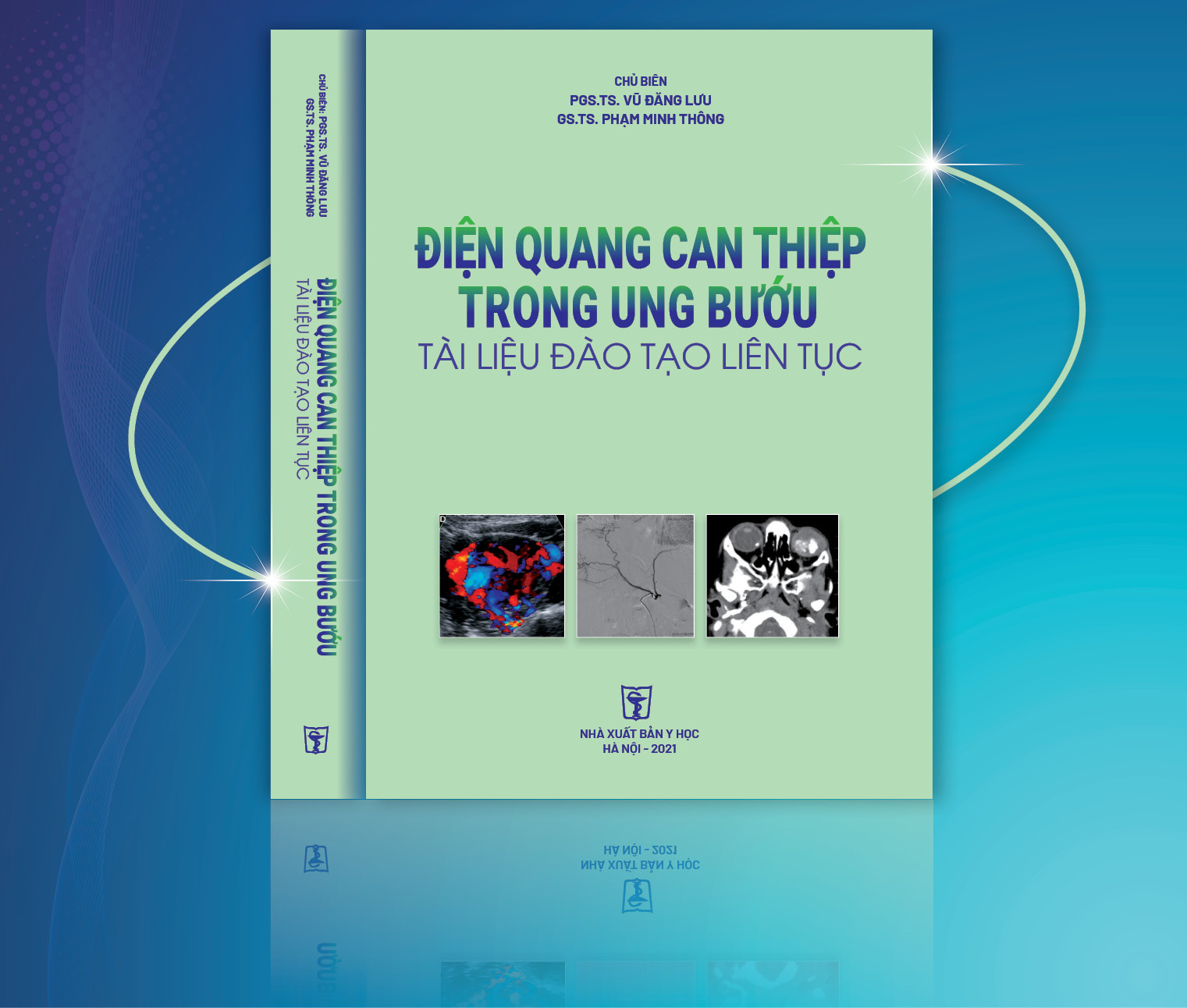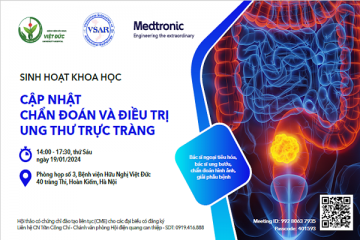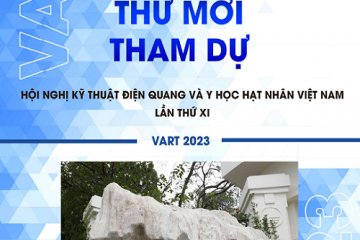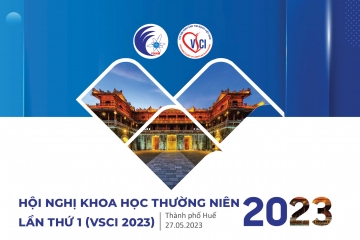Kết quả bước đầu can thiệp nội mạch điều trị dò động tĩnh mạch màng cứng não tại bệnh viện Chợ Rẫy
Initial results of endovascular intervention of brain dural arteriovenous fistula in cho ray hospital
SUMMARY
Purpose: Brain dural arteriovenous fistula are fistulas connecting the branches of dural arteries to dural veins or a venous sinus at brain. Annually, the risk of cerebral hemorrhagic stroke are 10,5%, increases the risk of intracranial hemorrhage due to retrograde cortical venous drainage . Risk of hemorrhage up to 69% of patients occurred in either anterior cranial fossa or tentorial lesions. Currently, treatments may such as surgery, gamma knife but most clinicians consider endovascular treatment to be the method of first choice. The purpose of this study was to assess the efficacy and safety of endovascular intervention for the treatment of brain dural arteriovenous fistula.
Materials and methods: All the patient treated by endovascular intervention for the treatment of brain dural arteriovenous fistula at Cho Ray hospital from June 2015 to May 2016. The techniques for treatment of brain dural arteriovenous fistula include cerebral angiography diagnosis, transarterial and/or transvenous approach, microcatheter had reached the fistula point, embolization was performed with coils, onyx, n-BCA glue. The efficacy and safety were evaluated by variants: complete occlusion, procedure success rate, clinical improvement, complicated procedure.
Results: There are 31 patients treated by endovascular intervention. The technical success rates with complete obliteration by transvenous approach are 88,4% (23/26) patients, technical success rates with complete obliteration by transarterial approach are 80% (4/5) patients, complete obliteration by combine transarterial and transvenous approach 66,7% (2/3) patients, technical failure 6,4% (2/31) patients. After 1 month follow-up, mortality rate (0%), hemorrhagic stroke (3,2%), vomiting and headache (9,6).
Conclusions: Endovascular intervention of brain dural arteriovenous fisula is a safe and effective procedure.
Key words: Brain dural arteriovenous fistula, Cognard classification, complete obliteration, endovascular intervention.
TÓM TẮT
Mục đích: Dò động tĩnh mạch màng cứng não (DĐTMMCN) là dò từ động mạch vào tĩnh mạch màng cứng và hoặc xoang tĩnh mạch màng cứng tại não. Nguy cơ đột quỵ xuất huyết não hàng năm lên đến 10,5%, nguy cơ cao khi có dội ngược vào tĩnh mạch vỏ não và gia tăng nguy cơ xuất huyết lên đến 69% ở vị trí lều tiểu não [3], [4]. Hiện nay có nhiều phương pháp điều trị như phẫu thuật, xạ phẫu với tia gamma nhưng can thiệp nội mạch được xem là lựa chọn hàng đầu [3]. Mục đích nghiên cứu của chúng tôi nhằm đánh giá hiệu quả và độ an toàn của kỹ thuật can thiệp nội mạch trong điều trị dò động tĩnh mạch màng cứng não.
Đối tượng và phương pháp: Bệnh nhân được can thiệp nội mạch dò động tĩnh mạch màng cứng não tại bệnh viện Chợ Rẫy từ tháng 06/2015 đến tháng 05/2016, với kỹ thuật thực hiện: chụp mạch chẩn đoán dò động tĩnh mạch màng cứng não, tiếp cận ống thông qua đường tĩnh mạch hoặc đường động mạch, chọn vật liệu thuyên tắc như coils, onyx, n-BCA. Hiệu quả và độ an toàn được đánh giá dựa vào các biến: tắc hoàn toàn, tỉ lệ thành công thủ thuật, cải thiện lâm sàng, biến chứng thủ thuật.
Kết quả: Có 31 bệnh nhân được can thiệp nội mạch dò động tĩnh mạch màng cứng não. Phân loại Cognard hay gặp nhất là type IIa+IIb với 54,8%, type IIa với 29,1%. Thành công kỹ thuật với tắc được hoàn toàn lỗ dò bằng đường tĩnh mạch (TM) là 88,4% (23/26) trường hợp, bằng đường động mạch (ĐM) là 80% (4/5) trường hợp, kết hợp đường ĐM và TM 66,7% (2/3) trường hợp, thất bại chung 6,4% (2/31) trường hợp. Kết quả sau 1 tháng theo dõi ghi nhận: tử vong (0%), xuất huyết não 3,2% (1/31), đau đầu nôn mửa 9,6% (3/31).
Kết luận: Điều trị dò động tĩnh mạch màng cứng não bằng kỹ thuật can thiệp nội mạch là kỹ thuật an toàn và hiệu quả.
Từ khóa: Dò động tĩnh mạch màng cứng não, phân loại Cognard, tắc hoàn toàn, can thiệp nội mạch.
Bạn Đọc Quan tâm
Sự kiện sắp diễn ra
Thông tin đào tạo
- Những cạm bẫy trong CĐHA vú và vai trò của trí tuệ nhân tạo
- Hội thảo trực tuyến "Cắt lớp vi tính đếm Photon: từ lý thuyết tới thực tiễn lâm sàng”
- CHƯƠNG TRÌNH ĐÀO TẠO LIÊN TỤC VỀ HÌNH ẢNH HỌC THẦN KINH: BÀI 3: U não trong trục
- Danh sách học viên đạt chứng chỉ CME khóa học "Cập nhật RSNA 2021: Công nghệ mới trong Kỷ nguyên mới"
- Danh sách học viên đạt chứng chỉ CME khóa học "Đánh giá chức năng thất phải trên siêu âm đánh dấu mô cơ tim"













Bình luận